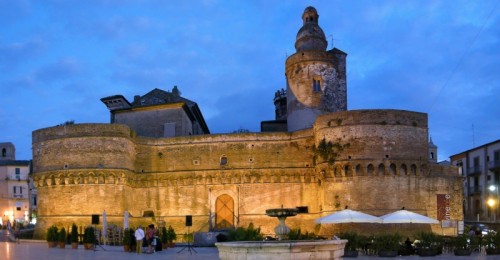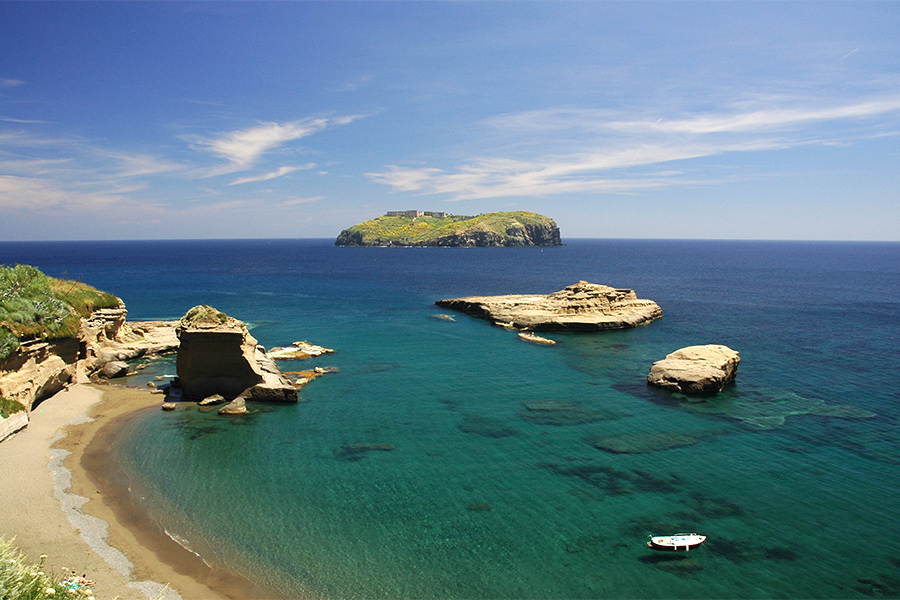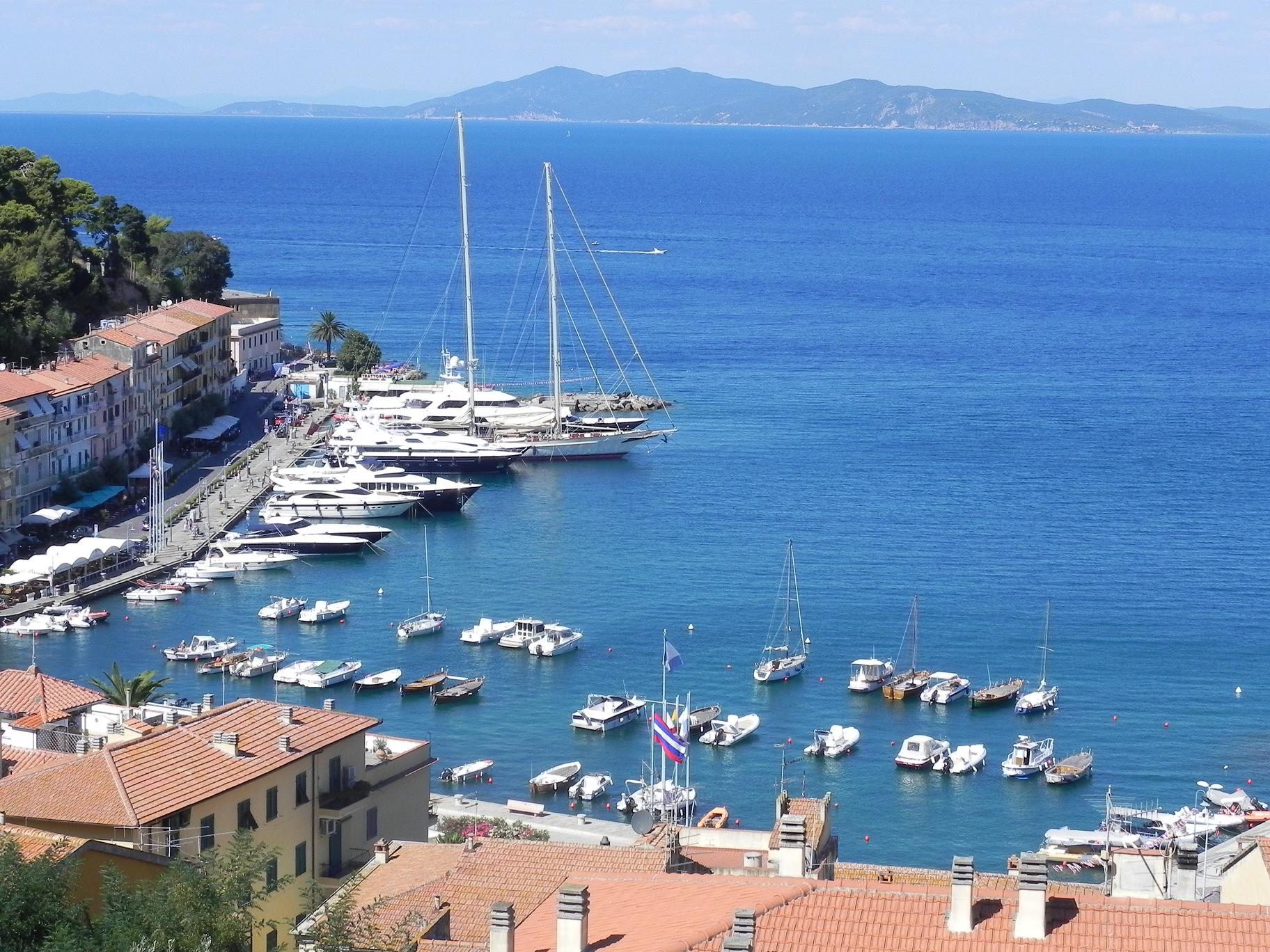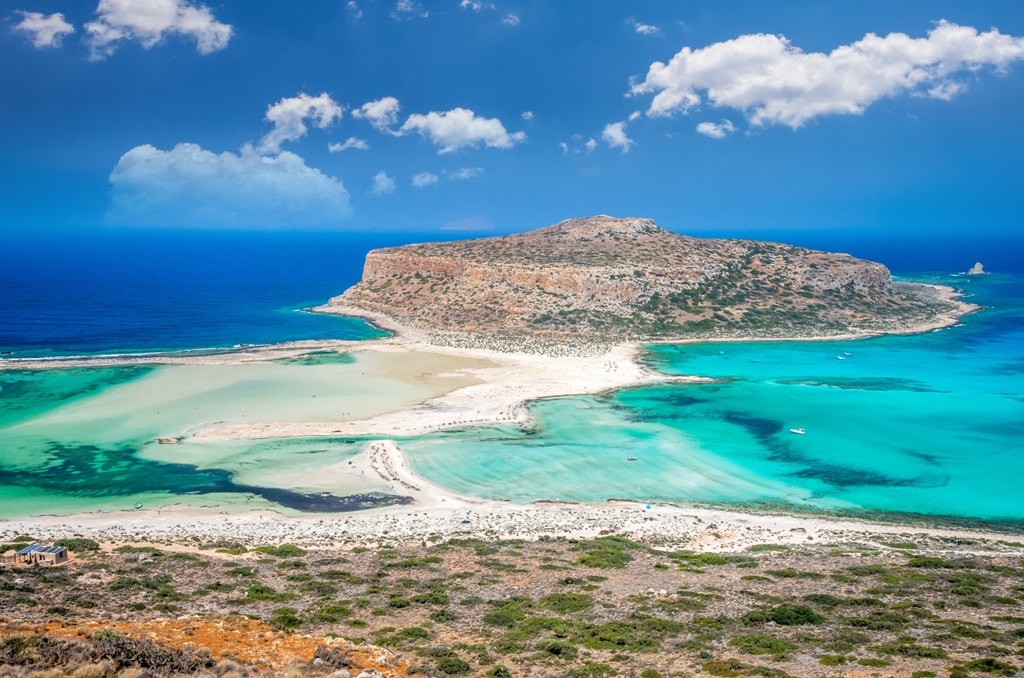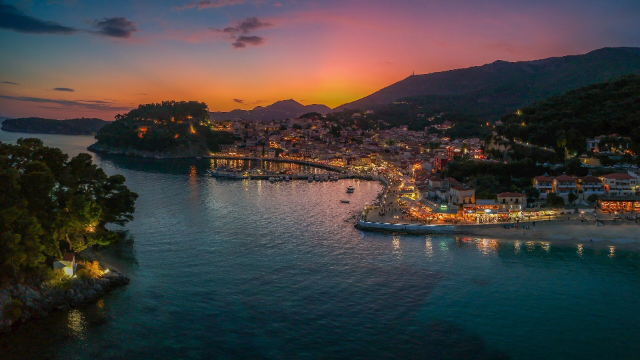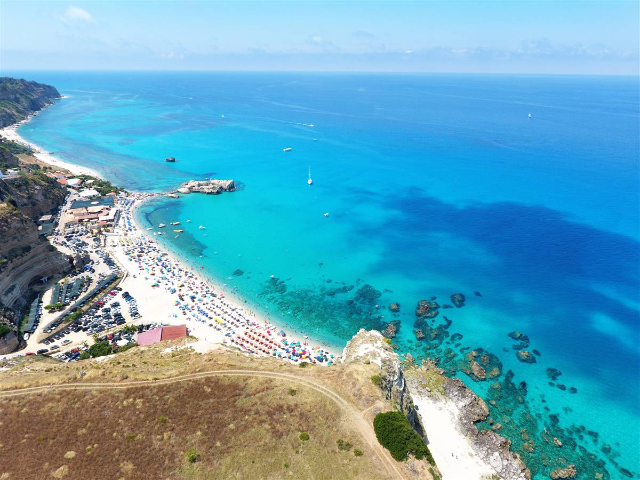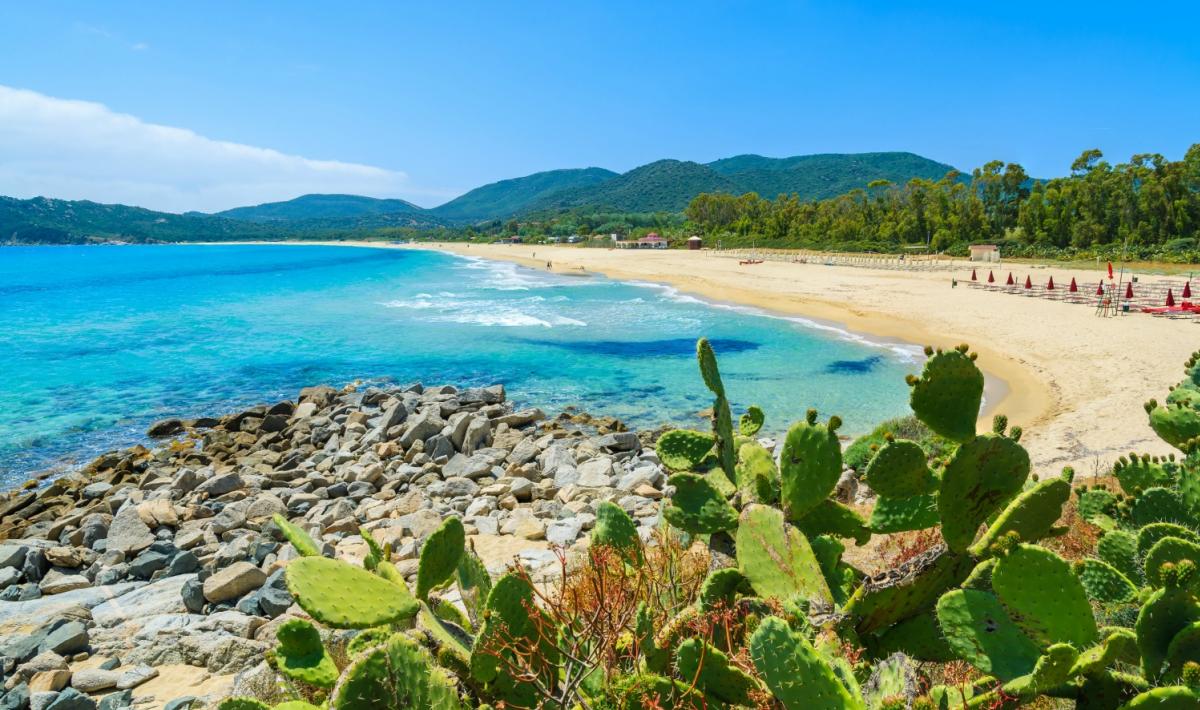The origins of this town run back some three millennia, and to when peoples such as the Frentani and the Romans inhabited it. The history of Vasto, this is its current name, was written and rewritten according to the era, now enjoying splendor and prosperity, now falling victim to plunder and destruction. In medieval times Vasto suffered great decay, while under the rule of the Lombards the town, called ‘Guasto,’ experienced new flourishing.
But let us take a step back in time. The birth of Vasto is shrouded in legend and the suggestive power of Greek mythology. Indeed, it seems that the original name of ‘Histon’ was given by a character from Greek mythology, Diomedes.
According to legend, Diomedes (king of Aetolia), after the siege of Troy, in fact chose voluntary exile and, at the command of his subjects, landed on the coast of southern Italy, founding several cities. Diomedes decided to stop on that part of the coast enraptured by the beauty of the gulf of the Abruzzi coastline and its promontory-which reminded him of Mount Histon in Corfu-from which he drew the name ‘Histon’.
The people who, without a shadow of a doubt, inhabited Vasto were the Frentani, a population of Samnite stock, who settled in the area of Punta Penna where later, following the annexation to the Roman Empire, between the end of the 4th and the beginning of the 3rd centuries B.C., the first town was born, which became, precisely, a Roman municipality.
From historical reconstructions we trace the establishment of the first settlement – in 1184 B.C. And with the coming of the Frentani, the city began to flourish from the 5th century.
Another explanation for the name Histon seems to be related to the prevailing activity of the wool trade, the cloth of which – in Greek – is called ‘iston,’ hence the name ‘Histon’ was later changed to Histonium, when the town became a Roman municipality, following the Social War (91-88 B.C.).
Evidence of this past can be read on the city’s coat of arms, which bears the inscription, "Vastum olim Histonium Municipium Romanum."
The town of Histonium had a capitol, baths and an amphitheater for naumachiae, located just below Rossetti Square. As evidence of this glorious past, remains have been found in the Via Adriatica and in the sea near the port of Punta Penna.
In imperial times Vasto experienced a great flowering, which began to fade in the late empire, when it entered the phase of decadence, looting and destruction, passing from Ostrogothic domination, to that of the Byzantines and – finally – the Lombards. And it was precisely by the decision of the king of the Lombards, Theodoric, that ancient Vasto was annexed as a gastaldom to the Duchy of Benevento.
Vasto
Vasto view of the town
Having become part of the Duchy of Benevento, it was destroyed in 802 by the Franks headed by the Duke of Dordona, Guasto d’Aimone, who took possession of part of the territory, which he earmarked for the reconstruction of a new town, called Guasto.Returned, in the following years, to the Lombard dukes of Benevento, it was rebuilt as a fortified center on the ruins of the pre-existing settlement.
In 1177 Pope Alexander III granted the town a plenary indulgence in the form of the Jubilee, which is still celebrated every year on the third Sunday in January in the church of St. Anthony of Padua.
Vasto also passed through the hands of Spanish noble families, namely the Caldora, to whom we owe the construction of the fortifications in the historic center: the Caldoresco Castle, the Bassano Tower, the Diomede de Moro Tower and the Santo Spirito Tower.
Another Spanish lineage, the D’Avalos, who headed the fief in 1494 and sought to transfer the splendors of the Spanish court to Vasto, is instead responsible for the construction of the palace that bears their name. The palace was destroyed by the Turkish invasion in 1556, but was later rebuilt again in a Renaissance style.
In 1710 Charles III of Austria gave Vasto the official title of city – called the "Athens of the Abruzzi."
In 1861 Vasto became part of Italy, freeing itself from the power of the Bourbon Kingdom, thanks to the Impresa dei Mille by Garibaldi (September 1860), which sanctioned the Unification of Italy.
In 1938 under the Fascist regime, Mussolini renamed Vasto to Istorio, wishing to resume the traditional ‘Histonium’ in homage to the Latin toponym of the Roman era. Only in 1944 did the town recover its name, Vasto, after the liberation of the city.
